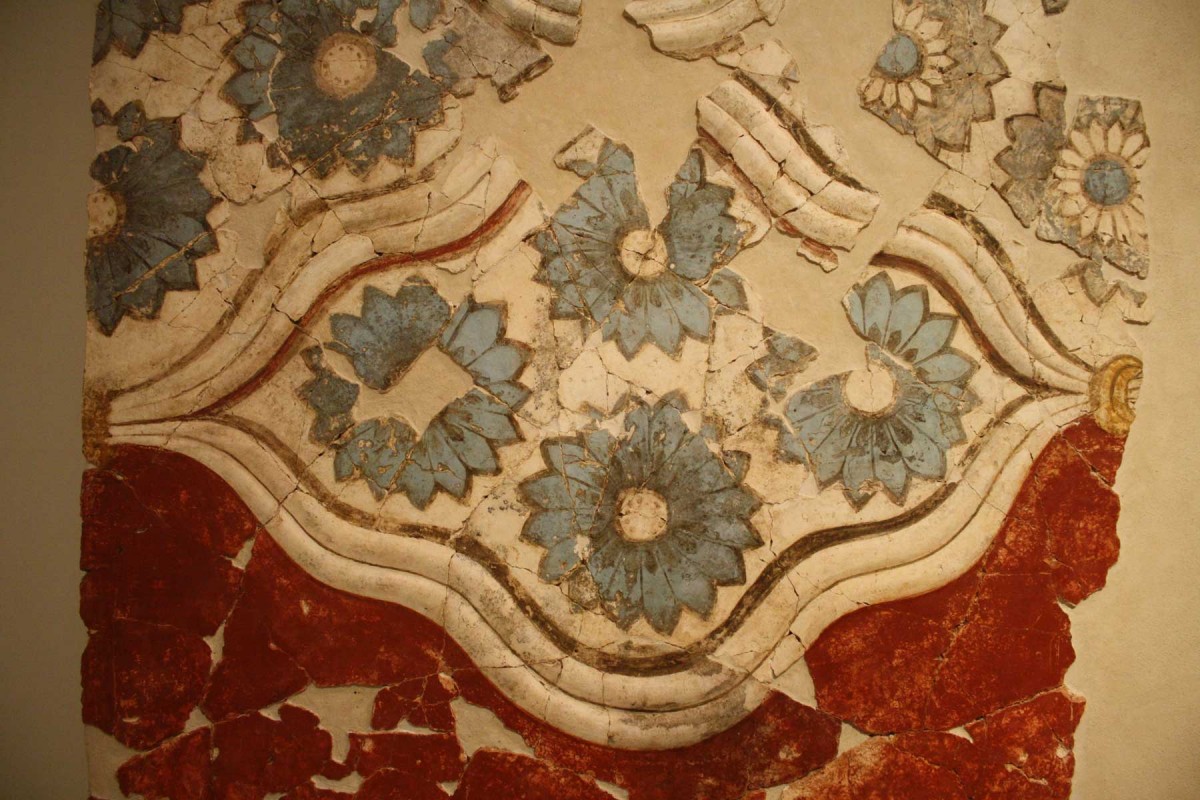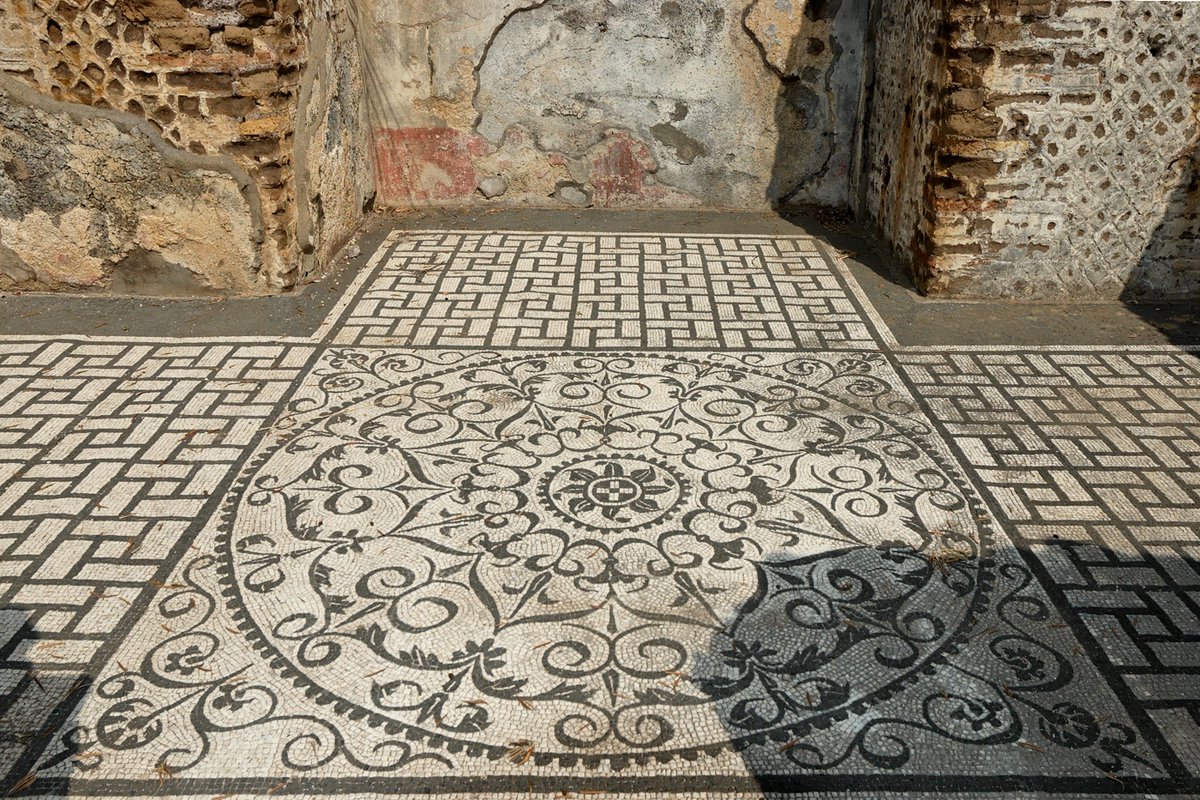Clay and ceramic are both regarded as ancient types of tiles. In the present article the regular inspection of these types and replacing the individual ones are inspected.
Clay roofing tiles themselves are most susceptible to degradation from frost damage; nonetheless, the failure of a clay tile roof system is often due to the failure of the mechanism used to attach the tiles together.
The earliest tiles were secured to hand-riven battens using wooden pegs, which ultimately deteriorated over time. Iron nails were widely used in place of these pegs, despite the fact that they are rapidly corroded by the tannic acid that is found in oak battens or sheathing.
Deterioration of metal flashing, valleys, and gutters can also lead to the failure of a roof that is covered in clay tiles.
Another potential weak spot on an older roof made of clay tiles is the support system for the tiles. Because of its weight, clay tiles require a very sturdy roofing structure.
If gutters and downspouts are permitted to become blocked with debris, water can pool on the roof and seep beneath the tiles if this is allowed to happen.

This will, in time, cause the roof battens, the sheathing and fastening system, and possibly even the structural parts of the roof to deteriorate. When temperatures drop below freezing, ice can form under tiles, which can cause damage when the temperature fluctuates between freezing and thawing.
The failure of ancient clay tile roofs is mostly caused by water as well as rainfall removal and drainage systems that are not maintained properly, as is the case with any other type of roof.
Clay tiles can be produced either by hand or by machine; traditionally, hand-formed tiles were utilized in the construction of roofs up to the close of the 19th century, while machine-produced tiles became the norm throughout the 20th century as a result of advances in technology.
Whether a clay tile is manufactured by hand or by machine, the quality of the finished product can differ from one tile to the next. Insufficient burning during the manufacturing process can lead to excessive porosity in a tile, which can be seen as an efflorescence of soluble salts on the surface of the tile.
Porous tiles of poor quality are particularly prone to cracking and outer surface spalling when exposed to cycles of freezing and thawing temperatures. Because porous tiles enable moisture to penetrate, they have the potential to cause the roof framework and roof battens to rot. The use of waterproof building paper or building felt as an underlayer has the potential to make the problem worse and, in some instances, prevent adequate ventilation.
Clay roof tiles are susceptible to damage from a number of different sources, including roofers tripping and falling while working irresponsibly on an exposed roof, huge hail, hanging tree limbs, and falling tree branches.
In the case that the broken tiles are not replaced as soon as possible, it is possible that they may eventually stop providing a continuous waterproof covering. This would allow water to penetrate the roofing structure, which will eventually cause it to deteriorate.
The appearance of modern clay tiles made by machines is more constant than the appearance of hand-made tiles, however there is a possibility that these machines could malfunction. It is possible for batches of mass-produced tile to occasionally have unacceptable quality.

Ancient Tiles Regular Inspection
A regular inspection of ancient tiles has an ordered process. If there are broken or missing tiles, missing tiles, or leaks inside the building, then a roof that is made of medieval clay tiles needs to be repaired.
Even though it may be evident that the roof is leaking, it is possible that determining the source of the leak will not be an easy task. It is possible that it will be necessary to perform a thorough investigation inside the attic in addition to climbing up onto the roof and removing a few roof tiles in the general vicinity of where the roof leak is occurring.
It is possible that the source of the leak is not at the location that it first appears to be in. Before a water stain, damaged plaster, or rotted wooden structural members are obvious, water may enter one area and move along a roofing member some distance away from the main leak. This can happen before any of these issues become visible.
In order to prevent further deterioration or damage to an ancient clay tile roof, it is often necessary to provide it with interim protection and stability. Protective measures can be taken in the interim by utilizing plywood sheets, plastic, roll roofing, or roofing felt instead of waiting until supplies for replacement or repair can be purchased.
Constructing a temporary scaffold that is either wholly encased in or coated in polyethylene sheeting that is translucent or semitransparent is an additional alternative that could be considered. This will not only protect the exposed roofing components from the elements while repairs are being carried out or until they can be carried out, but it will also let in sufficient natural light for the re-roofing work to progress while shielding the employees from bad weather.

When the origin and reason for a leak have been identified, it is important to make the necessary repairs to structural roofing elements, wood sheathing, felt or roofing paper if it is a component of the roofing membrane, and maybe vertical roof battens to which the tiles may be affixed.
In the event that the problem appears to be confined to the gutters and flashing, both of which require maintenance in the form of repair or replacement, gaining access to these components will most likely require the temporary removal of some of the tiles located in the immediate area. If the roofing tiles are extremely fragile and cannot be walked on even with adequate protection (see below), it may also be necessary to remove several rows or a larger area of roofing tiles and store them for later reinstallation.
This will allow for the creation of a “path” to the area of repair without causing damage to the tiles that are already there. If the roofing tiles are extremely fragile and cannot be walked on even with adequate protection, it may also be necessary to remove several rows or a larger area of roofing tiles.
Even if the majority of the tiles appear to be in good condition but are no longer firmly attached to the roof substrate due to damage to the fastening mechanism or roofing elements, all of the tiles should be identified and removed for storage.
This is true even if the majority of the tiles appear to be in good condition. Even if the repair project only requires the removal of a few broken tiles or if all of the tiles need to be removed and relaid, ancient clay roofing tiles are inherently fragile and should be pulled up carefully using a slate ripper.
This is the case regardless of whether the project only requires the removal of a few broken tiles or if all of the tiles need to be removed and relaid. After the necessary roof repairs have been completed, the tiles can be reattached one at a time with newly installed copper nails that are resistant to corrosion, copper straps or tabs, “tingles,” or another manner of your choosing.

Replacing Individual Tiles
When replacing a single damaged clay roof or individual tiles, the most difficult difficulty is to do it without fracturing any of the surrounding tiles. High profile pantiles, on the other hand, are extremely brittle and can be shattered with little effort, in contrast to flat shingle tiles.
On the other hand, a careful roofer can frequently walk on flat shingle tiles without putting the roof in significant danger of being damaged. When walking about on the roof to fix broken tiles or flashing, an expert roofer is able to avoid causing any extra damage by spreading their weight across the surface with the help of sheets of plywood, planks, or burlap bags stuffed with sand.
The weight of the roofer can be sustained and distributed equally throughout the surface of the roof if they use a ladder that has been secured to the ridge of the roof.
To gently remove a tile that has been damaged, you should make use of a slate ripper or a hacksaw blade and position them underneath the tile in question. You will now be able to remove the tile by breaking the nail or nails that are holding it in place.
In the event that there are already layers of tile in place that hide the nailholes, it will not be able to join the new tile with nails through the holes; rather, an alternative means of attachment will be required. Sliding the new replacement tile into place and securing it in place can be accomplished by first bending a copper strip with a double thickness of copper over the tile, and then nailing a tab of double thickness copper stripping to the sheathing beneath the tile.

This will allow the tile to be slid into position, and will also ensure that the tile remains in place. It doesn’t matter which sequence you complete these things in. A slate hook, often known as a “tingle,” can be utilized in a manner that is comparable to this one. This method of affixing things to one another can serve as an alternative to using nails.
If it is not possible to obtain a clay tile that is an exact match for an ancient tile that is difficult to match, it may be possible to relocate some of the original tiles to more noticeable places of the roof where the tile is damaged.
If this is not possible, the roof will need to be repaired. After that, the new replacement tile can be installed in secondary or back places or in other areas where it will not be seen, such as behind chimney stacks, parapets, and dormer windows. Alternatively, it can be placed in a region that is not visible at all.
If it is not possible to find a clay tile that is an exact match for an antique tile, then you will need to select one that is as close as possible. Even though the replacement tile may initially appear to be the same as the ancient tile when it is being installed, it is likely to weather or age to a slightly different color or hue that will become more noticeable over time.
This may be the case even though the replacement tile may initially appear to be the same as the ancient tile when it is being installed. This is due to the fact that the original tile has been exposed to the elements and has been around for a significantly longer amount of time than the tile that was replaced.
As a consequence of this, appropriate caution ought to be exercised in the installation of the new replacement tile in the area of the floor in which it will be the least noticeable to clients. Due to the evident visual changes that would emerge from doing so, it is typically not recommended to repair roofs using new machine-made clay or concrete tiles. These modifications would make it appear as though the roof has been altered.
A long-term reliable business relationship is at hand if you contact us. A professional supplier and exporting team support us to have a win-win relationship with our customers.











Your comment submitted.